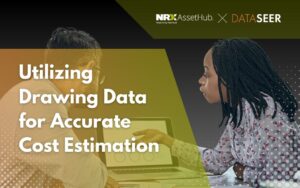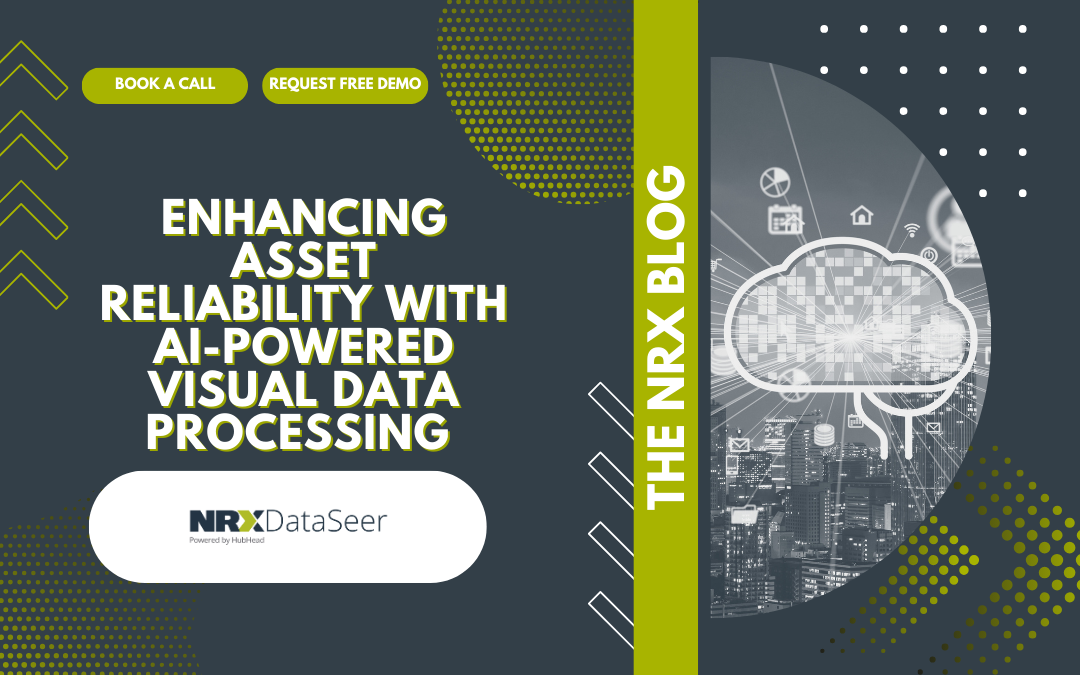In today’s fast-paced industrial world, managing and maintaining equipment is more challenging than ever. One of the biggest hurdles? Visual data—the images, inspection logs, and technical drawings critical for monitoring assets. This data often remains unstructured and difficult to analyze, turning a valuable resource into a bottleneck.
However, AI-powered visual data processing is changing the game. By automating the analysis of visual data, AI helps organizations boost asset reliability, streamline maintenance, and unlock key operational insights.

The Challenges of Visual Asset Data Management
- Unstructured Visual Data
Visual data, like images and videos, often lacks structure. This makes it difficult to detect and extract useful information such as asset specifications, visual anomalies, or missing components. - Manual Inspection Limitations
Relying on human accuracy for inspections can lead to inconsistencies. Reviewing thousands of images or schematics manually is prone to error and inefficiency. - Time-Consuming Analysis
Identifying wear, missing parts, or other visual anomalies takes significant time and resources. This delays proactive maintenance and can result in unexpected downtime.

How AI-Powered Visual Data Processing Solves These Challenges
AI-driven tools—using computer vision and machine learning—transform visual data into actionable insights. Here’s how:
- Automated Image Recognition
AI analyzes photos, videos, and diagrams to:
- Detect signs of wear, corrosion, or other anomalies in equipment.
- Identify and categorize mislabeled or unregistered assets.
- Extract critical details like equipment tags, dimensions, and specifications.
This automation ensures no critical detail is missed.
- Visual Anomaly Detection
AI compares current visuals with historical images to pinpoint issues, such as:
- Gradual deterioration over time.
- Sudden or abnormal changes in equipment conditions.
- Missing or damaged components.
With these insights, teams can predict failures and schedule maintenance before problems escalate.

- Real-Time Data Processing
By integrating with IoT cameras, inspection tools, or drones, AI processes visual data streams in real time. This enables:
- Instant updates to asset records.
- Immediate alerts for critical visual anomalies.
- Faster, more informed decision-making for maintenance teams.
- Digitizing Legacy Visual Assets
AI can extract data from scanned technical drawings, like P&IDs, schematics, or plant layouts. This eliminates manual redrafting and ensures legacy visuals are searchable, usable, and digitally accessible.

The Benefits of AI-Powered Visual Processing
Adopting AI for visual data analysis delivers clear benefits for asset-intensive organizations:
- Improved Asset Reliability: Early detection of visual anomalies helps reduce equipment failures and unplanned downtime.
- Increased Efficiency: Automating image analysis saves time, reduces human workload, and speeds up inspections.
- Accurate Visual Insights: AI ensures precision in detecting wear, patterns, and abnormalities.
- Cost Savings: Proactive interventions minimize costly repairs and reduce operational disruptions.
- Faster Digital Transformation: Converting legacy visual data into structured formats accelerates initiatives like digital twins and predictive maintenance.

Turning Visual Data Into Actionable Intelligence
By transforming unstructured visual data into actionable insights, AI enables organizations to monitor and maintain their assets like never before. Instead of relying on slow, reactive processes, teams can now proactively address maintenance needs.
AI-powered visual tools are more than just a time-saver—they are a catalyst for operational excellence and long-term asset reliability. In an environment where every minute counts, AI provides the precision, speed, and insights needed to stay ahead.
Embrace AI-powered visual data processing and turn complex challenges into opportunities for growth, efficiency, and reliability!
HubHead and DataSeer’s AI Service combines human-level understanding with machine speed to build a scalable knowledge data store of engineering designs. By integrating these solutions with your existing EAM/CMMS systems and creating a digital twin, you can enhance decision-making and streamline your maintenance processes. Contact us for a free demo or book a call.
Utilizing Drawing Data for Accurate Cost Estimation

The Challenges of Table Data Extraction

The Tedious Nature of Creating Piping Lists Manually

Share this article

